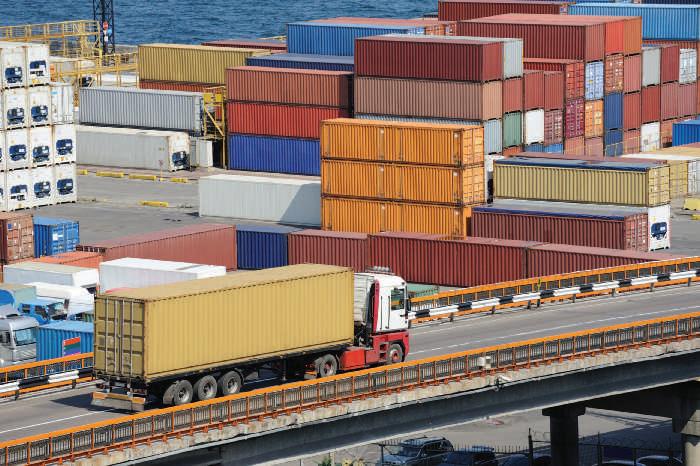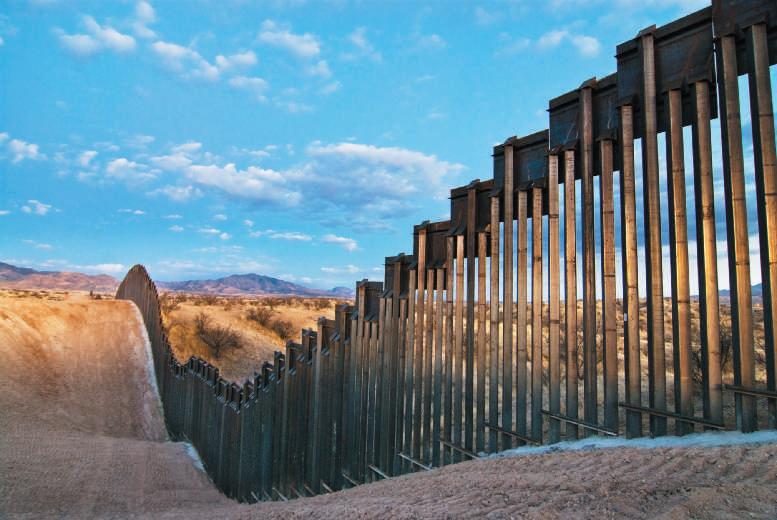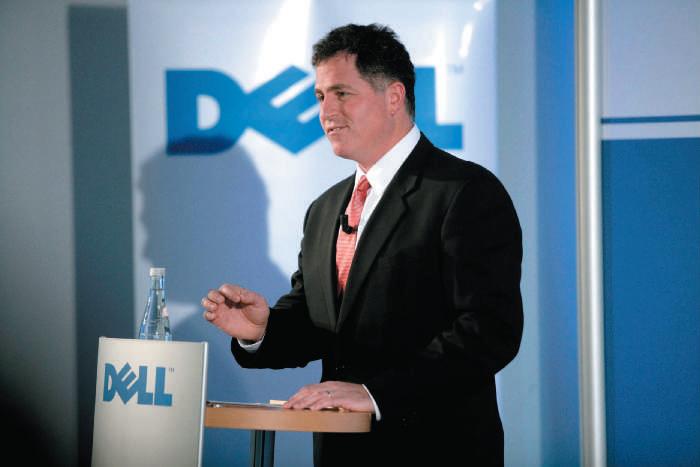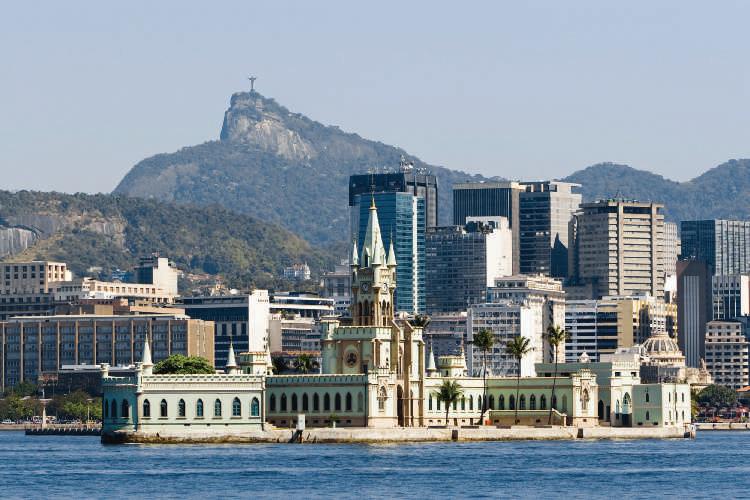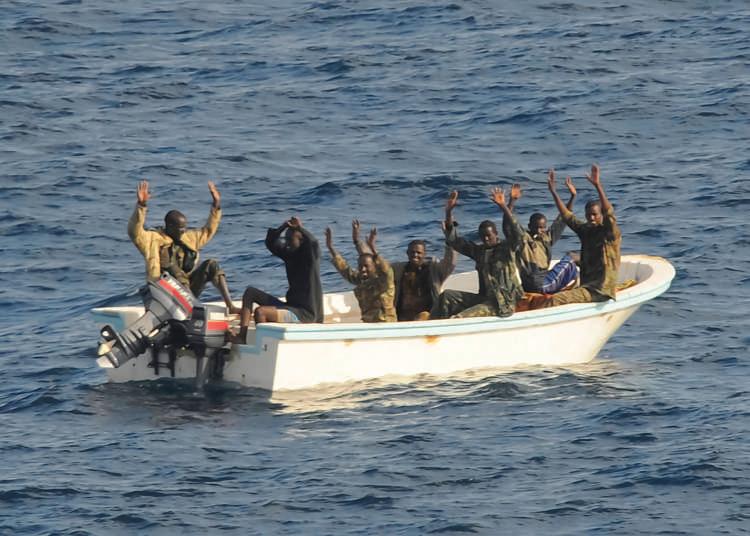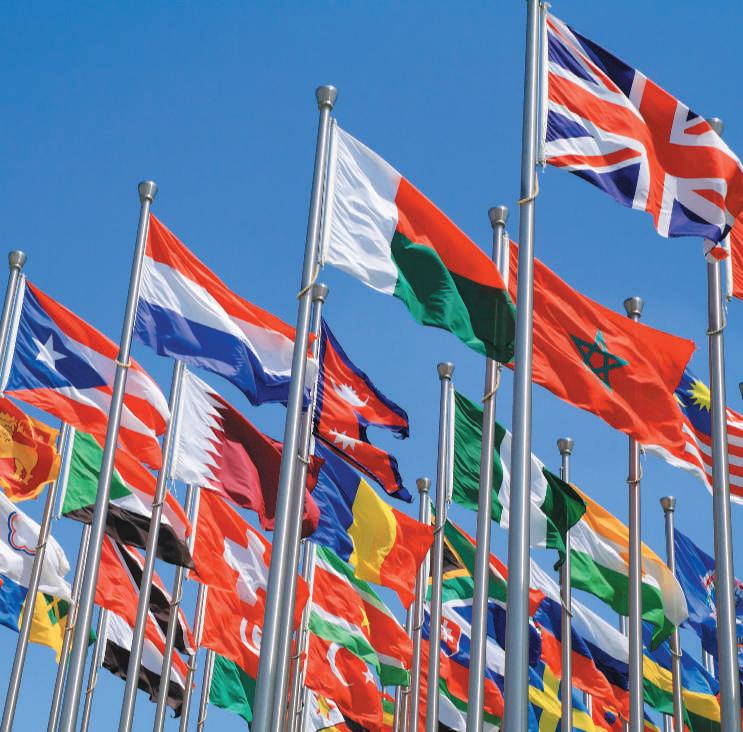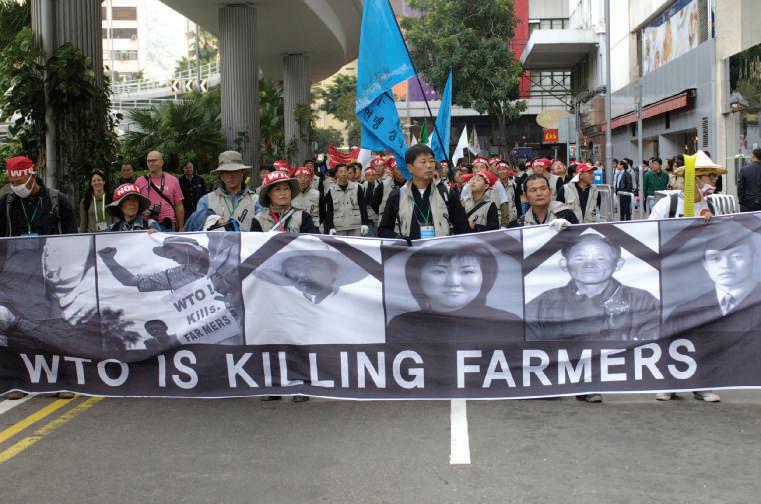10
C h a p t e r 1 T h e Ri s e o f G lo b a li z a t io n
a sizable world-class technical labor force and high savings and/or investment rates that help contribute to their rapid and stable economic growth. These countries provide high potential for decoupling, which could lead to more stable global economic growth with less cyclicality. A sustainable decoupling process would eventually lead to a multipolar world—a world economy in which the engines of growth could comprise the United States, the European Union, China, India, Brazil, Russia, and South Africa rather than the United States alone! Exhibit 1.2 and Exhibit 1.3 illustrate what the multipolar world may look like based on the author’s estimates. The final outcome could be a more stable global economic order.
R e a l i t y C h e c k LO-1 How have job opportunities for business majors from your school been affected by globalization? Do you see any particular trends or challenges?
LO-2 Identify how major international institutions facilitate globalization.
multipolar world
a world economy in which the engines of growth could comprise several major industrialized and emerging economies, such as the United States, the European Union, China, India, Brazil, Russia, and South Africa rather than the United States alone
international monetary system
the system of exchange rates and international payments that enables countries and their citizens to purchase goods and services from one other
1-2 Key International Institutions that Facilitate Globalization Globalization has not been a new phenomenon. Yet, it also has broader cultural, political, and environmental dimensions. Globalization has progressed throughout the course of recorded history, although not in a sustained fashion as it has since the early 1950s. Although globalization is here to stay, at what pace will it continue? Here we will discuss three important institutions that will continue to guide the future direction of globalization. But the role of another important entity—sovereign governments—should not be overlooked. Governments still have the power to erect significant obstacles to globalization, ranging from protectionist policies to ignoring environmental standards to immigration restrictions to military hostilities. Nearly a century ago, the global economy operated in a relatively open environment, with goods, services, and people able to move across borders with comparatively little difficulty. That openness began to wither away with the onset of World War I in 1914, followed by the Great Depression in the late 1920s through the 1930s, and World War II that ended in 1945. The interwar period was chaotic as countries did not follow free-trade rules. A recovery of globalization that was lost during that time still affects society today. Since World War II, governments in the free world have recognized the importance of international cooperation and coordination that has led to the emergence of three major international organizations and financial institutions, namely, the International Monetary Fund (IMF), the World Bank, and the present World Trade Organization (WTO) that play a crucial role in the globalization process. We will now discuss the origins of these institutions, their functions, and their role in globalization.
1-2a The International Monetary Fund During the Great Depression of the 1930s, countries attempted to boost their failing economies by implementing nationalist or protectionist trade policies: sharply raising trade barriers, weakening their currencies to compete against each other for export markets, and curtailing their citizens’ freedom to hold foreign currencies. These attempts proved to be self-defeating. World trade declined sharply, and employment and living standards fell in many countries. This breakdown in international cooperation led the IMF founders to plan an institution charged with overseeing the international monetary system—the global system of exchange rates and international payments that enables countries and their citizens
Copyright 2017 Cengage Learning. All Rights Reserved. May not be copied, scanned, or duplicated, in whole or in part. Due to electronic rights, some third party content may be suppressed from the eBook and/or eChapter(s). Editorial review has deemed that any suppressed content does not materially affect the overall learning experience. Cengage Learning reserves the right to remove additional content at any time if subsequent rights restrictions require it.









